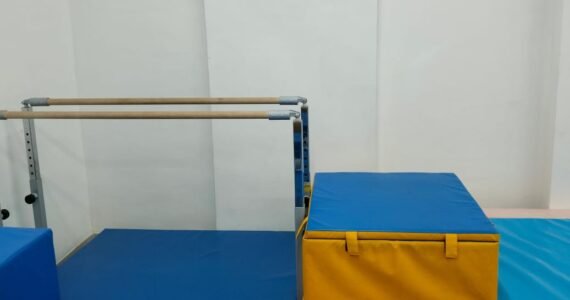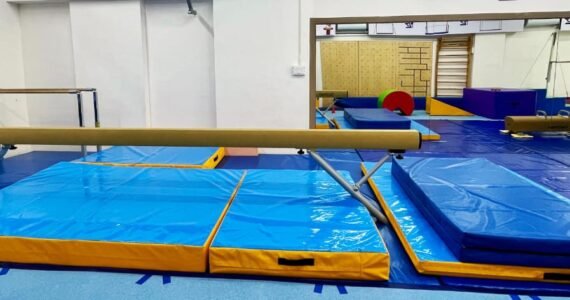

“Gymnastics in India”
Gymnastics in India has experienced growth and recognition over the years, with dedicated athletes making strides in both national and international competitions. Here’s an overview of the state of gymnastics in India:
1. Rise of Indian Gymnasts:
Indian gymnasts have gained attention on the global stage, showcasing their skills and determination. Athletes like Dipa Karmakar have played a crucial role in putting Indian gymnastics on the map.
2. Dipa Karmakar:
Dipa Karmakar is a trailblazer in Indian gymnastics. Born in Agartala, Tripura, she gained international acclaim for her performance at the 2016 Rio Olympics, where she became the first Indian female gymnast to qualify for the Games. Dipa is known for attempting the challenging Produnova vault, earning her a spot among the elite in the gymnastics world.
3. Challenges Faced:
Despite the achievements, gymnastics in India faces challenges such as limited infrastructure, funding, and awareness. Gymnasts often encounter difficulties in accessing quality training facilities and coaching.
4. National and International Competitions:
India has been participating in various national and international gymnastics competitions. The Gymnastics Federation of India (GFI) oversees the sport’s development in the country, organizing national championships and selecting teams for international events.
5. Grassroots Development:
Efforts are being made to promote gymnastics at the grassroots level. Initiatives to identify and nurture young talents across the country aim to create a robust pipeline of gymnasts for future competitions.
6. Success in Commonwealth Games and Asian Games:
Indian gymnasts have made notable contributions in multi-sport events like the Commonwealth Games and Asian Games. Medals won in these competitions contribute to the growing recognition of gymnastics in India.
7. Inspirational Stories:
The journey of Indian gymnasts is marked by inspirational stories of dedication and perseverance. Athletes overcome challenges, including financial constraints and limited resources, to pursue their passion for gymnastics.
8. Infrastructure Development:
There is a growing emphasis on improving gymnastics infrastructure in India. Efforts are being made to establish well-equipped training centers and provide gymnasts with access to modern facilities.
9. Future Prospects:
The future of gymnastics in India looks promising with increased support and recognition. Continued efforts in talent identification, coaching, and infrastructure development can contribute to the country’s success in international gymnastics competitions.
10. Public Awareness and Support:
Generating public awareness and support for gymnastics is crucial for its sustained growth. Success stories, media coverage, and public engagement can contribute to increased interest and investment in the sport.
In conclusion, while challenges persist, the trajectory of gymnastics in India is on an upward curve. With the right investments, infrastructure, and support, Indian gymnastics has the potential to achieve greater heights on the global stage. The dedication of athletes and the support of the sporting community play pivotal roles in shaping the future of gymnastics in the country.
